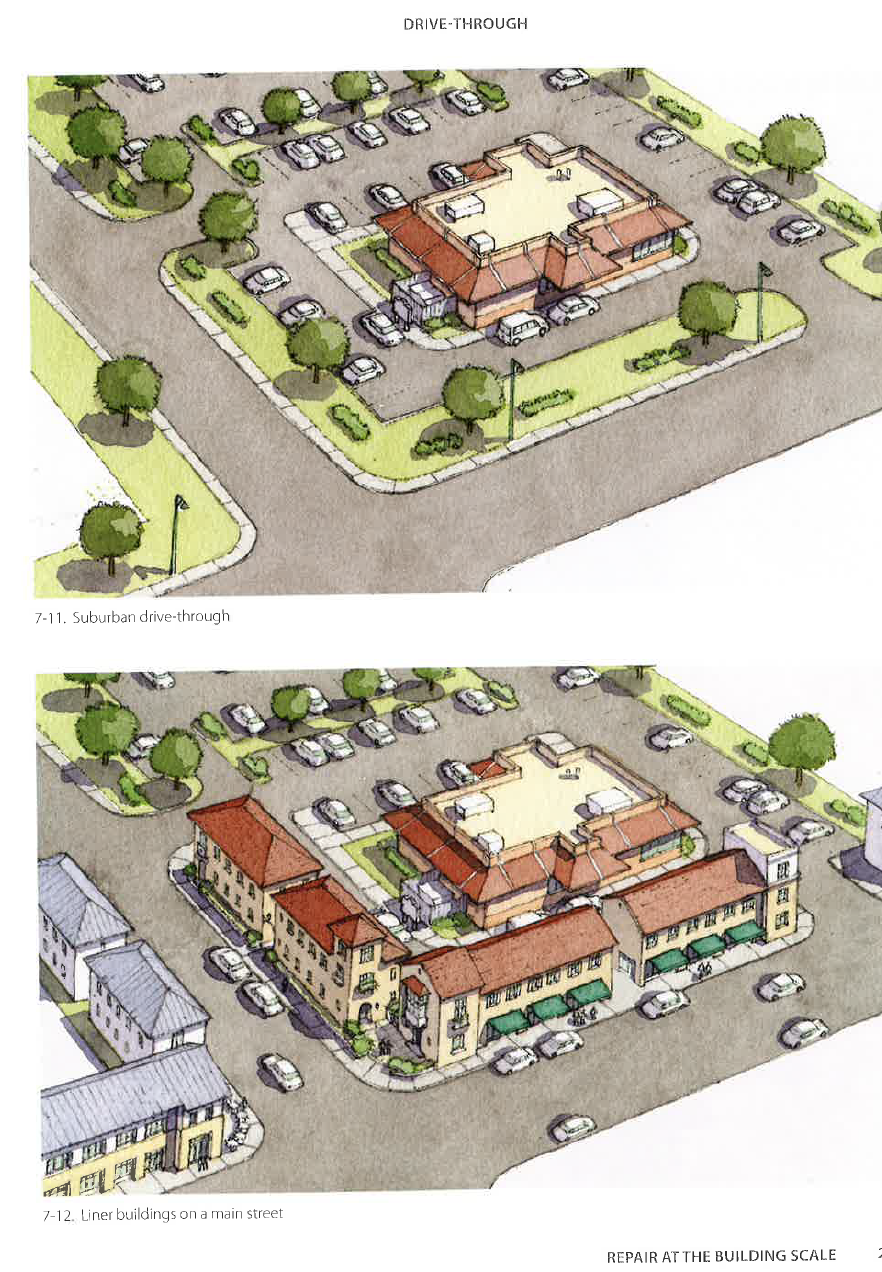Can we stop sprawling already?

When I attended Ellen Dunham-Jones lecture at Clemson last semester it was honestly a huge relief to hear someone acknowledge and put to words so well some issues that have really disturbed me for as long as I can remember. I grew up in an suburban/exurban environment outside of Saint Louis, Missouri. It was an area that went from an undeveloped wooded "sticks" to a network of cookie cutter houses that would branch out from every new strip mall constructed one after the other every few miles along the state highway. The thing was (especially following the 2008 recession) the strip malls just a few miles back were all perfectly good and an alarming amount of which were completely vacant. Its something that still puzzles me today on more of a macro level. Why are we still clear cutting and building new when we have all this empty, abandoned, and already developed space?
I think Ellen Dunham-Jones does a great job describing the problem, and I believe that retrofitting suburbia is a worthwhile cause. It is something that is optimistic and realistic, we can invest in our existing structures, landscapes, and infrastructure so that we don't need to continue expand and clear cut precious undeveloped landscape and habitat.



I think part of this unceasing sprawl can be attributed to our commoditized and consumerist culture. As a society, we have supported the planned obsolescence of our phones, appliances, and vehicles, so why not our buildings? We want the newest, en vogue buildings and experiences, not a stale, re-hashed experience.
ReplyDeleteI also think part of the problem with urban sprawl is that not everyone wants to live in high rise, dense cities. Many people in society still want the backyard and big house... begging the question how do we design so that people WILL want to live close together?
ReplyDeleteThere is a cultural issue of people wanting space. Some want the space to be their own personal, private space, and others exclusively use public spaces. For those who do not understand the value of collective public space, it would be hard to convince them to give up having a home on half an acre of land.
ReplyDeleteI agree retrofitting is great solution in response to urban sprawling and redefining vacant spaces, but what happens when a space becomes overdeveloped and that neighborhood experiences gentrification? That is a constant issue in today's design methods, and I believe that is an equally important issue to tackle.
ReplyDelete